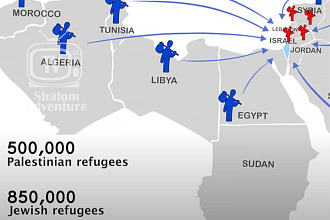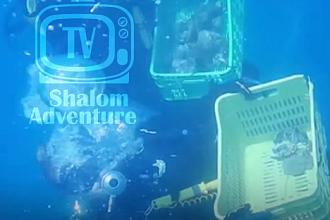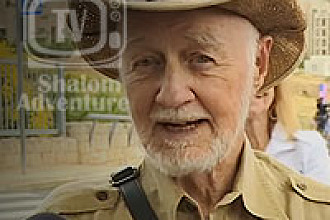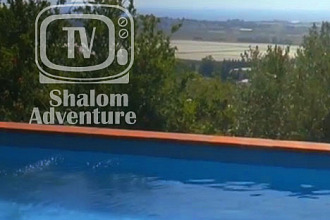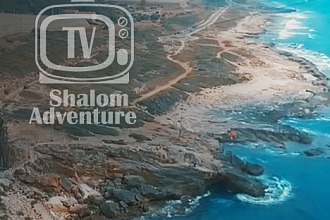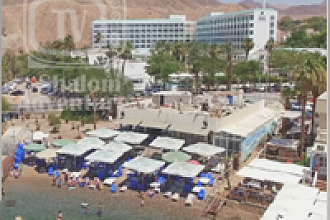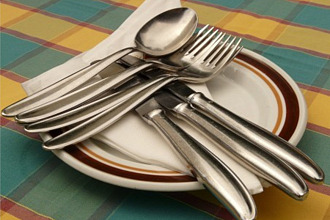Ein Gedi (Ein – spring, Gedi – goat-kid referring to ibex native to the area) is an Indigenous Jewish town by Dead Sea, an oasis in the Judean Desert, and part of newly founded Israel since 1949.
The area is fed by two streams providing water year round (Nahal David and Nahal Arugot) and two springs (Shalamit and Ein Gedi). It was a Jewish rebel outpost during Bar Kochba Revolt per letters found in the Qumran area; Roman garrisons were later stationed here.
Over 3 million cubic meters of water flow through the springs annually, which is used for agriculture or bottled for human consumption. Kibbutz Ein Gedi is one kilometer from the oasis on hill overlooking Arugot Brook, which is home to 900 species of plants representing tropical, desert, Mediterranean and steppian regional plants, as well as several botanical gardens. The nature reserve spans 320 feet below sea level to 200 feet above sea level. The area also is known for its health spas and resorts, bromide filled air, negative ions, and hot pools with sulfur water contributing to many health benefits being marketed. Ein Gedi is home of the lowest agricultural farm in the world (320 meters below sea level, 80 meters above Dead Sea level), and the world’s first nature reserve field school, established in 1960.
Dates and persimmons are especially prominent in the Ein Gedi area. The resin of persimmon is used for balsam manufacture; balsam is an important perfume indigenous to this area. Fortresses and watch towers were built to protect the trade routes through the area, and protect the persimmon groves from Romans who showed interest in confiscating the persimmons and the overall perfume industry under Marc Antony. This was an affluent area not only from perfume but also sale of Dead Sea minerals.
Picture originally found here





